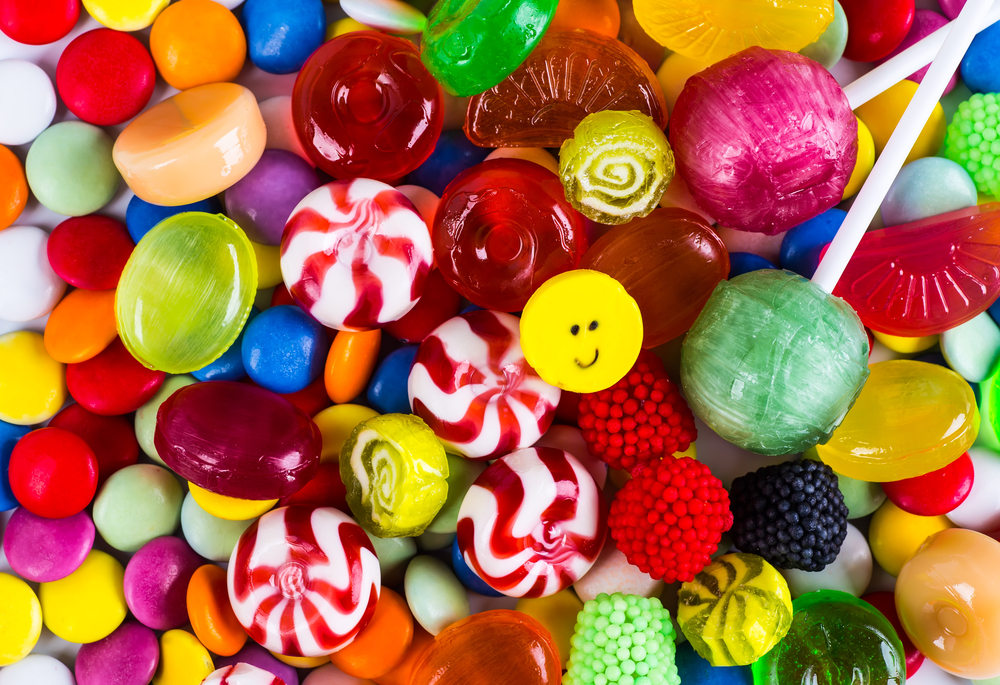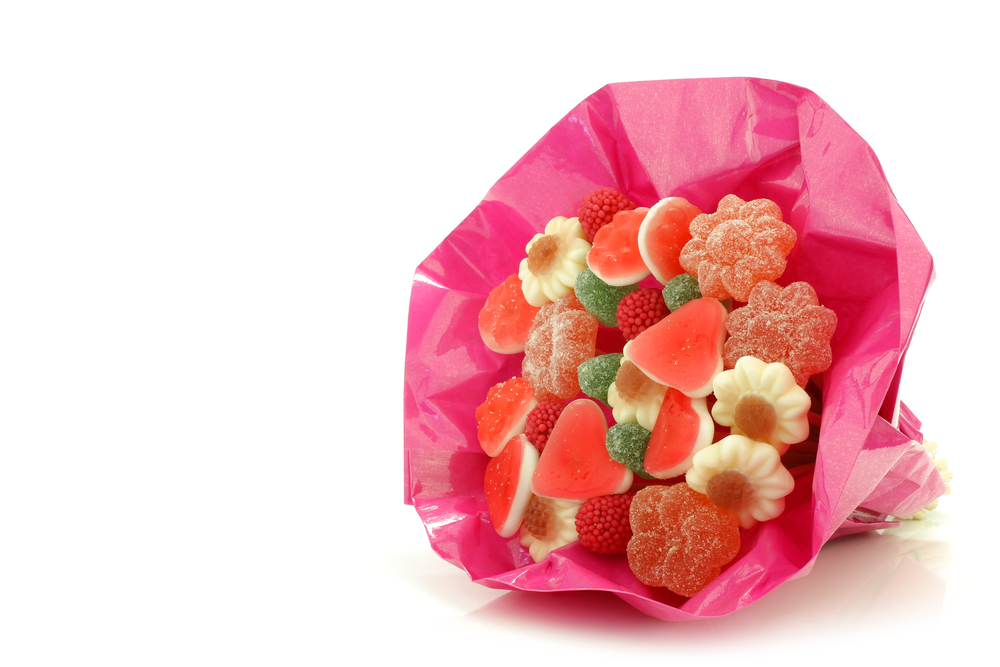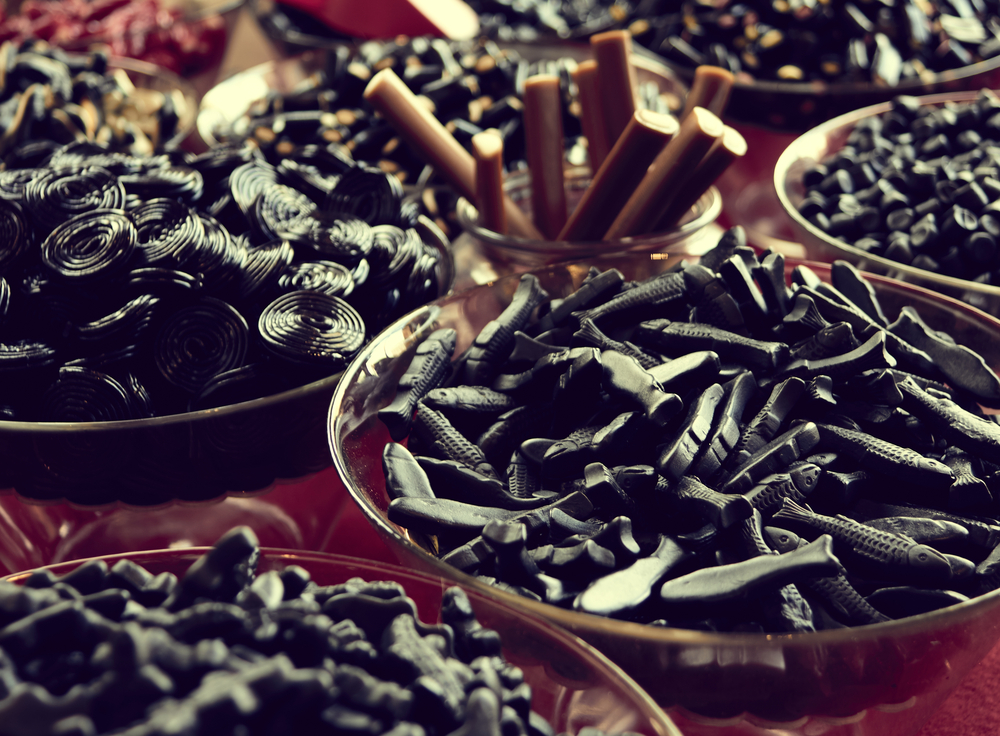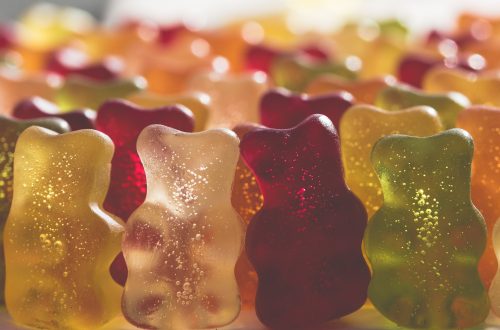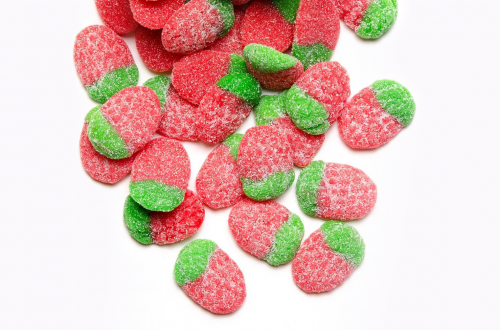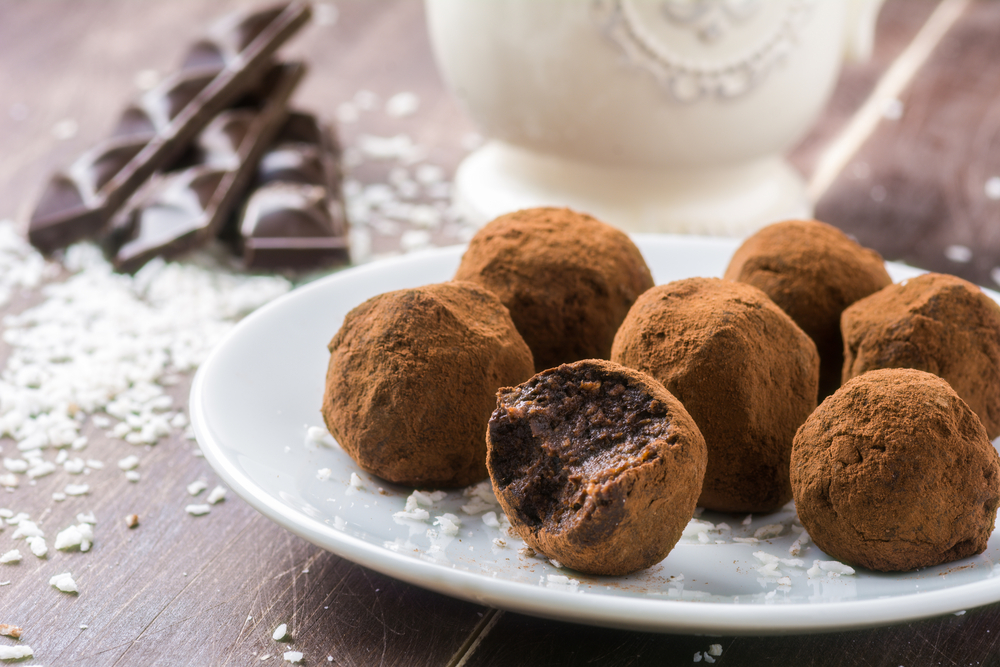When Christopher Columbus brought chocolate back to Spain from his fourth voyage in 1502, he couldn’t have possibly predicted candy craze that would follow. Now more than 500 years later, the world’s sweet tooth is stronger than ever. Although new variations are constantly being created and marketed, we are passionate about our old-fashioned candy bars.
Early 1900s
In 1900, after years of trial and error spent perfecting his recipe, Milton Hershey graced the world with the original Milk Chocolate Hershey Bar. It remains one of the top selling old-fashioned candy bars to this day. Before Milton Hershey, milk chocolate was mainly produced by the Swiss and considered a luxury item.
The American Chicle Company followed shortly with Chiclets, a candy-coated chewing gum, in 1906. Necco Wafers and the ever-popular Candy Conversation Hearts also came into fruition during this time.
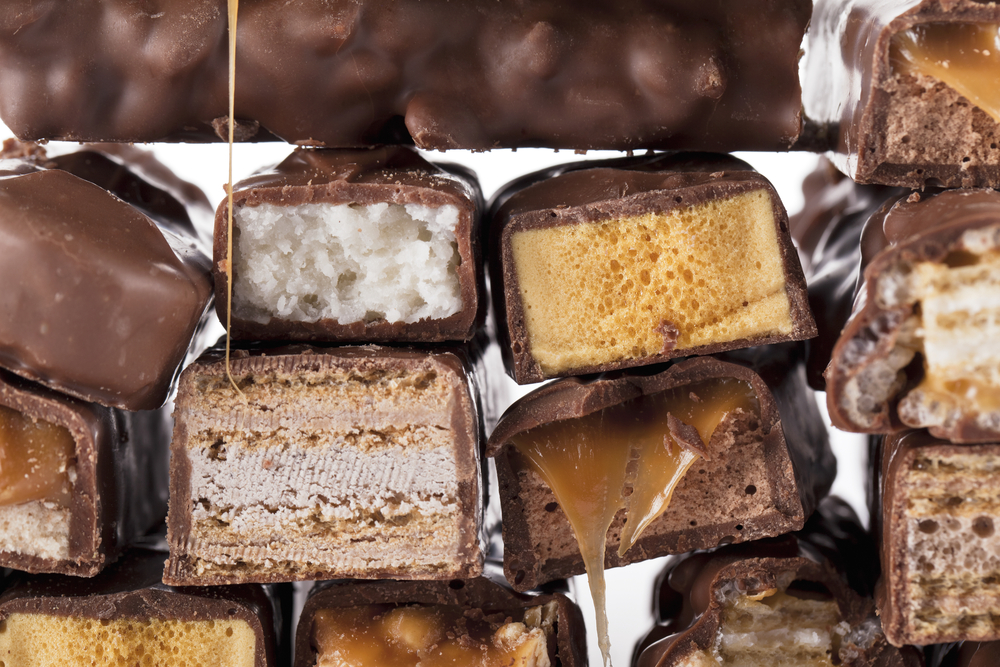
1920s
The 1920s featured a continued focus on chocolate as O’Henry Bars, Zero bars, Reese’s Peanut Butter Cups, Baby Ruth, Mounds, Milky Way, and Mr. Goodbar all entered the scene. The 1920s introduced dextrose, a corn syrup, as a new cheap ingredient to replace sugar. Marketing companies for candy bars, like Baby Ruth, touted dextrose as an energy-booster to encourage adults to buy old-time candy bars for themselves and not just their kids.
1930s
Mints entered the candy scene in the 1930’s. Violet Mints popped up at street corner booths in New York City, while Red Hots scorched their way through Chicago, and Peppermint Mentos emerged from the Netherlands.
1940s
The candy industry joined the war cause in the 40’s with Hershey leading the pack. They created the D Bar with a high melting point, a higher caloric content, and a new bittersweet flavor. These design elements were intentional to prevent them from melting and absorbing poisonous gas, to pack enough calories to count as a survival ration, and to deter people from eating it too quickly with its different flavor. Popular candy from the 40’s included M&M’s, inspired by a wartime invention of coating chocolate with candy to prevent it from melting in hot temperatures.
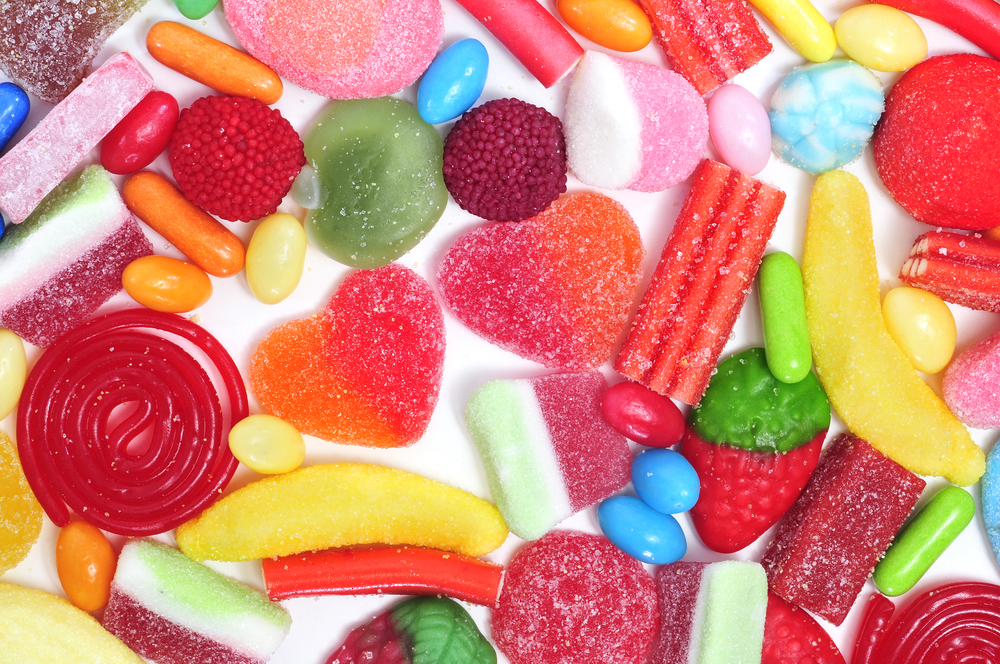
1950s
The ‘50s steered away from chocolate and old-fashioned candy bars and leaned towards sweet and sugary alternatives. In came Marshmallow Peeps, Pixy Stix, Candy Necklaces, and Chupa Chup lollipops with their clear wrappers.
1960s
This decade focused on fun, fruity candies such as Lemonheads, Starbursts, Now & Laters, and Sweethearts. Two brand new innovations entered the industry and quickly became popular: Razzles started as a hard candy but slowly dissolved into bubble gum, while Zots were one of the very first “sour fizzy” candies.
1970s
Jelly Belly took the candy world by storm in the ‘70s. With sweet, savory, and flat-out gross-out flavors, these pint sized candies revolutionized the way the world looked at jellybeans. Reese’s Peanut Butter Cups became so popular, their production doubled in 1970. Hershey’s was ahead of the times when they started including nutritional information on their labels.
1980s
The 1980s ushered in the American gummy bear and gummy worm craze when the Herman Goelitz Company began producing the world famous German candies on American soil for the first time. Not to be outdone, the Albanese Candy Company vowed to produce “the world’s best gummy products” after its 1983 founding. Nerds and Sour Patch Kids also came to be during this time.
1990s
The Hershey Company went back to its military roots and sent 144,000 heat-resistant candy bars to soldiers in the Gulf War, identical to their initiative during WWII.
2000s
The turn of a new century didn’t create too much of a turnover in the candy world. Many of the old standbys and old-time chocolate candy bars are still our favorites, but a few new ones have been introduced. Aero candy bars, Airheads, and Baby Bottle Pops joined in the candy parade and remain popular around the world.
Candy makes the world a sweeter place. Whether you prefer old-fashioned candy bars, chocolate, or chewy, hard candy or chewing gum, we all have our favorites. In addition to satisfying a craving for something sweet, old-fashioned candy bars can give us a trip down memory lane and a glimpse back into our history.

